
Why Washington Won't Work
¥229.55
Polarization is at an all-time high in the United States. But contrary to popular belief, Americans are polarized not so much in their policy preferences as in their feelings toward their political opponents: To an unprecedented degree, Republicans and Democrats simply do not like one another. No surprise that these deeply held negative feelings are central to the recent (also unprecedented) plunge in congressional productivity. The past three Congresses have gotten less done than any since scholars began measuring congressional productivity.?In Why Washington Won't Work, Marc J. Hetherington and Thomas J. Rudolph argue that a contemporary crisis of trust-people whose party is out of power have almost no trust in a government run by the other side-has deadlocked Congress. On most issues, party leaders can convince their own party to support their positions. In order to pass legislation, however, they must also create consensus by persuading some portion of the opposing party to trust in their vision for the future. Without trust, consensus fails to develop and compromise does not occur. Up until recently, such trust could still usually be found among the opposition, but not anymore. Political trust, the authors show, is far from a stable characteristic. It's actually highly variable and contingent on a variety of factors, including whether one's party is in control, which part of the government one is dealing with, and which policies or events are most salient at the moment.Political trust increases, for example, when the public is concerned with foreign policy-as in times of war-and it decreases in periods of weak economic performance. Hetherington and Rudolph do offer some suggestions about steps politicians and the public might take to increase political trust. Ultimately, however, they conclude that it is unlikely levels of political trust will significantly increase unless foreign concerns come to dominate and the economy is consistently strong.
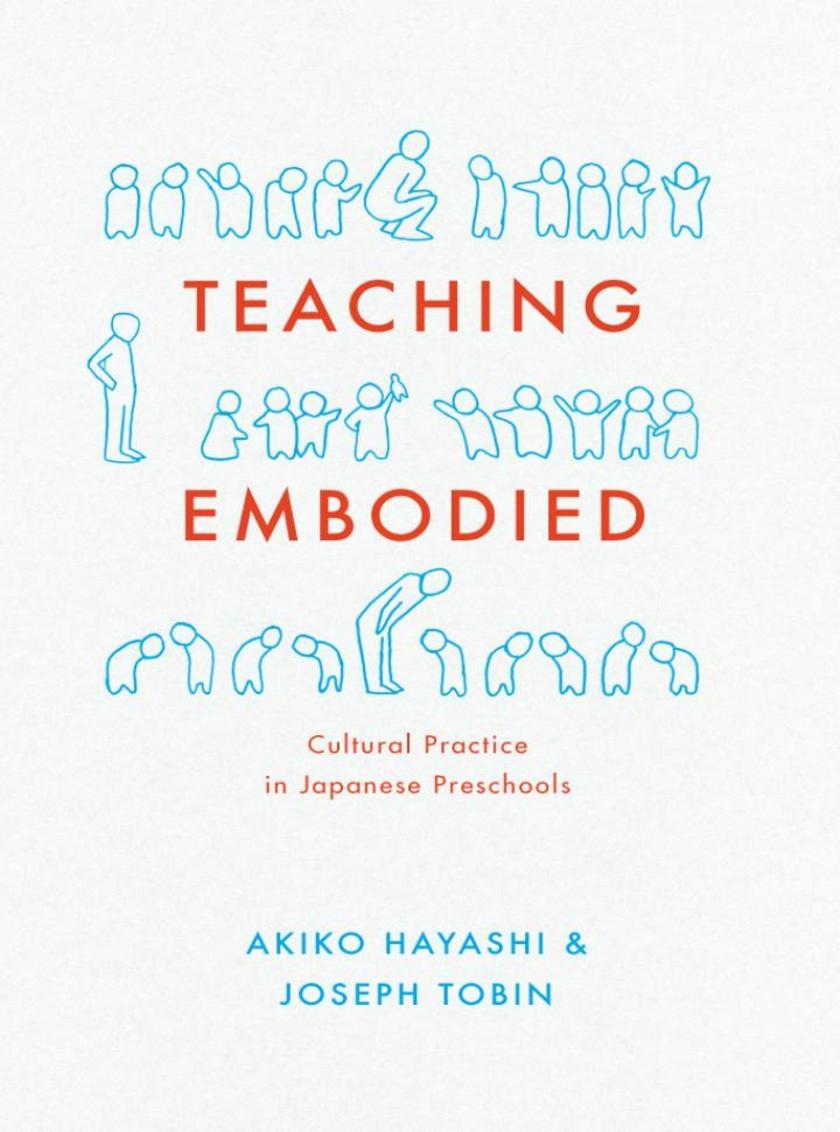
Teaching Embodied
¥247.21
When we look beyond lesson planning and curricula-those explicit facets that comprise so much of our discussion about education-we remember that teaching is an inherently social activity, shaped by a rich array of implicit habits, comportments, and ways of communicating. This is as true in the United States as it is in Japan, where Akiko Hayashi and Joseph Tobin have long studied early education from a cross-cultural perspective. Taking readers inside the classrooms of Japanese preschools, Teaching Embodied explores the everyday, implicit behaviors that form a crucially important-but grossly understudied-aspect of educational practice.?Akiko Hayashi and Joseph Tobin embed themselves in the classrooms of three different teachers at three different schools to examine how teachers act, think, and talk. Drawing on extended interviews, their own real-time observations, and hours of video footage, they focus on how teachers embody their lessons: how they use their hands to gesture, comfort, or discipline; how they direct their posture, gaze, or physical location to indicate degrees of attention; and how they use the tone of their voice to communicate empathy, frustration, disapproval, or enthusiasm. Comparing teachers across schools and over time, they offer an illuminating analysis of the gestures that comprise a total body language, something that, while hardly ever explicitly discussed, the teachers all share to a remarkable degree. Showcasing the tremendous importance of-and dearth of attention to-this body language, they offer a powerful new inroad into educational study and practice, a deeper understanding of how teaching actually works, no matter what culture or country it is being practiced in.?
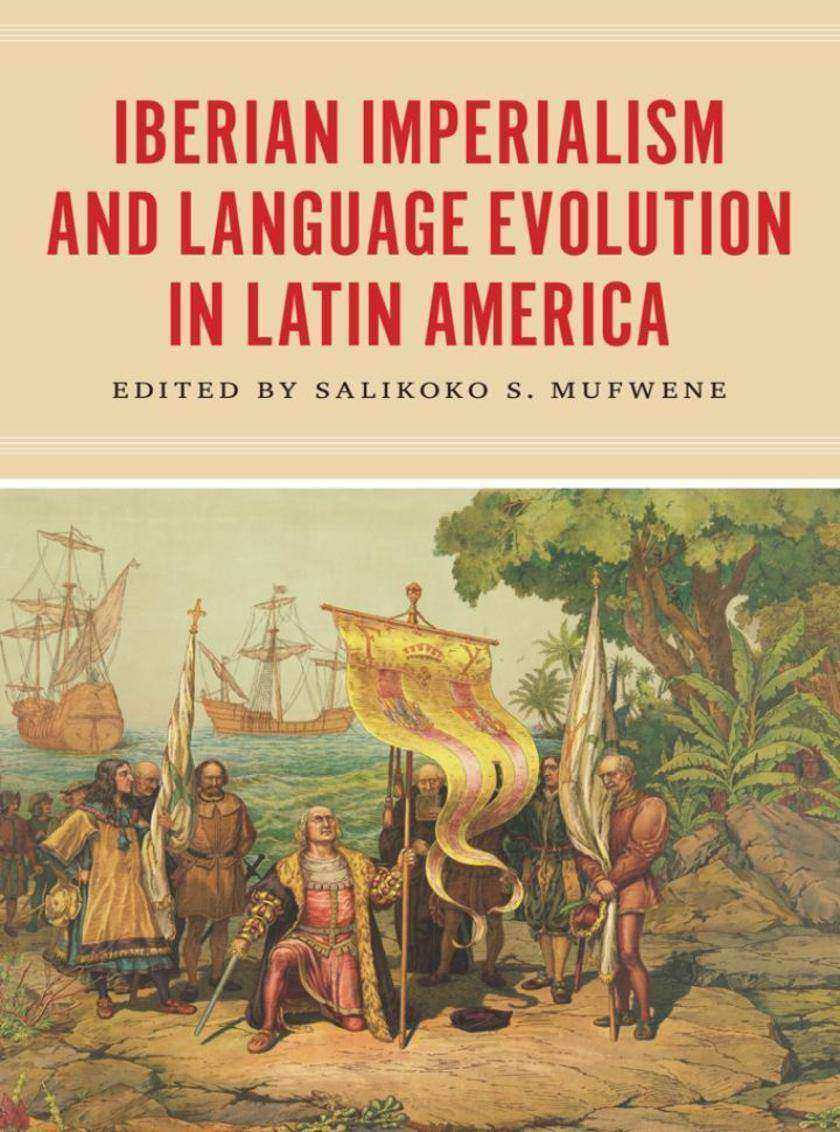
Iberian Imperialism and Language Evolution in Latin America
¥329.62
As rich as the development of the Spanish and Portuguese languages has been in Latin America, no single book has attempted to chart their complex history. Gathering essays by sociohistorical linguists working across the region, Salikoko S. Mufwene does just that in this book. Exploring the many different contact points between Iberian colonialism and indigenous cultures, the contributors identify the crucial parameters of language evolution that have led to today's state of linguistic diversity in Latin America.?The essays approach language development through an ecological lens, exploring the effects of politics, economics, cultural contact, and natural resources on the indigenization of Spanish and Portuguese in a variety of local settings. They show how languages adapt to new environments, peoples, and practices, and the ramifications of this for the spread of colonial languages, the loss or survival of indigenous ones, and the way hybrid vernaculars get situated in larger political and cultural forces. The result is a sophisticated look at language as a natural phenomenon, one that meets a host of influences with remarkable plasticity. ?

Comparative Approach in Evolutionary Anthropology and Biology
¥353.16
Comparison is fundamental to evolutionary anthropology. When scientists study chimpanzee cognition, for example, they compare chimp performance on cognitive tasks to the performance of human children on the same tasks. And when new fossils are found, such as those of the tiny humans of Flores, scientists compare these remains to other fossils and contemporary humans. Comparison provides a way to draw general inferences about the evolution of traits and therefore has long been the cornerstone of efforts to understand biological and cultural diversity. Individual studies of fossilized remains, living species, or human populations are the essential units of analysis in a comparative study; bringing these elements into a broader comparative framework allows the puzzle pieces to fall into place, creating a means of testing adaptive hypotheses and generating new ones.?With this book, Charles L. Nunn intends to ensure that evolutionary anthropologists and organismal biologists have the tools to realize the potential of comparative research. Nunn provides a wide-ranging investigation of the comparative foundations of evolutionary anthropology in past and present research, including studies of animal behavior, biodiversity, linguistic evolution, allometry, and cross-cultural variation. He also points the way to the future, exploring the new phylogeny-based comparative approaches and offering a how-to manual for scientists who wish to incorporate these new methods into their research.

The Silent Cry: There is little Kim can do as her mother's mental health spirals
¥66.22
The heartbreaking true story of a young, troubled mother who needed help. The sixteenth fostering memoir by Cathy Glass. It is the first time Laura has been out since the birth of her baby when Cathy sees her in the school playground. A joyful occasion but Cathy has the feeling something is wrong. By the time she discovers what it is, it is too late. This is the true story of Laura whose life touches Cathy’s in a way she could never have foreseen. It is also the true stories of little Darrel, Samson and Hayley who she fosters when their parents need help. Some stories can have a happy ending and others cannot, but as a foster carer Cathy can only do her best.
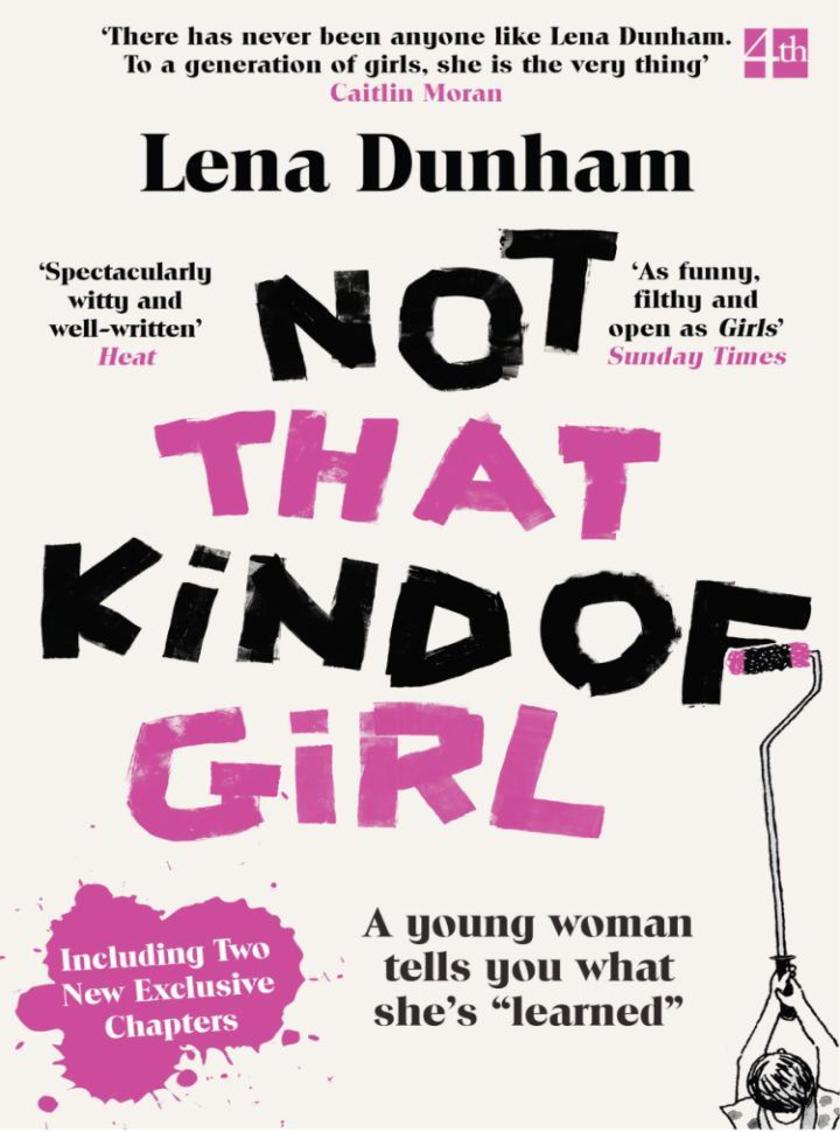
Not That Kind of Girl: A Young Woman Tells You What She’s Learned
¥66.22
Lena Dunham, acclaimed writer-director-star of HBO and Sky Atlantic’s ‘Girls’ and the award-winning movie ‘Tiny Furniture’, displays her unique powers of observation, wisdom and humour in this exceptional collection of essays. “If I could take what I’ve learned and make one menial job easier for you, or prevent you from having the kind of sex where you feel you must keep your sneakers on in case you want to run away during the act, then every misstep of mine was worthwhile. I’m already predicting my future shame at thinking I had anything to offer you, but also my future glory in having stopped you from trying an expensive juice cleanse or thinking that it was your fault when the person you are dating suddenly backs away, intimidated by the clarity of your personal mission here on earth. No, I am not a sexpert, a psychologist, or a dietician. I am not a mother of three or the owner of a successful hosiery franchise. But I am a girl with a keen interest in having it all, and what follows are hopeful dispatches from the frontlines of that struggle.”

The Child Bride
¥58.86
Cathy Glass, international bestselling author, tells the shocking story of Zeena, a young Asian girl desperate to escape from her family. When 14 -year-old Zeena begs to be taken into care with a non-Asian family, she is clearly petrified. But of what? Placed in the home of experienced foster carer Cathy and her family, Zeena gradually settles into her new life, but misses her little brothers and sisters terribly. Prevented from having any contact with them by her family who insist she has brought shame and dishonour on the whole community, Zeena tries to see them at school. But when her father and uncle find out, they bundle her into a car and threaten to set fire to her if she makes anymore trouble. Zeena is too frightened to press charges against them despite being offered police protection in a safe house. Eventually, Cathy discovers the devastating truth from Zeena, and with devastation she believes there is little she can do to help her.

The Special One: The Dark Side of Jose Mourinho
¥95.75
An explosive and shocking biography of Jose Mourinho - revealing the dark side of 'the special one'. When José Mourinho announced his return to English football, it sparked celebrations from fans and press alike. As one of the most charismatic figures in the game, his reappearance could surely only be a good thing… But is there a darker side to the Mourinho? A mischievous, scheming, even tyrannical quality to the man beneath the veneer of charm? As part of El Pais, Diego Torres is one of the premier investigative journalists in Spanish football, and in this explosive biography of 'the special one' he uncovers secrets and lies that will change the way we see Mourinho. From dodgy dealings to assassinations of players both outside and within his own team, and other shocking revelations, Prepare To Lose reveals Mourinho as a man far removed from the hero so many people consider him to be.
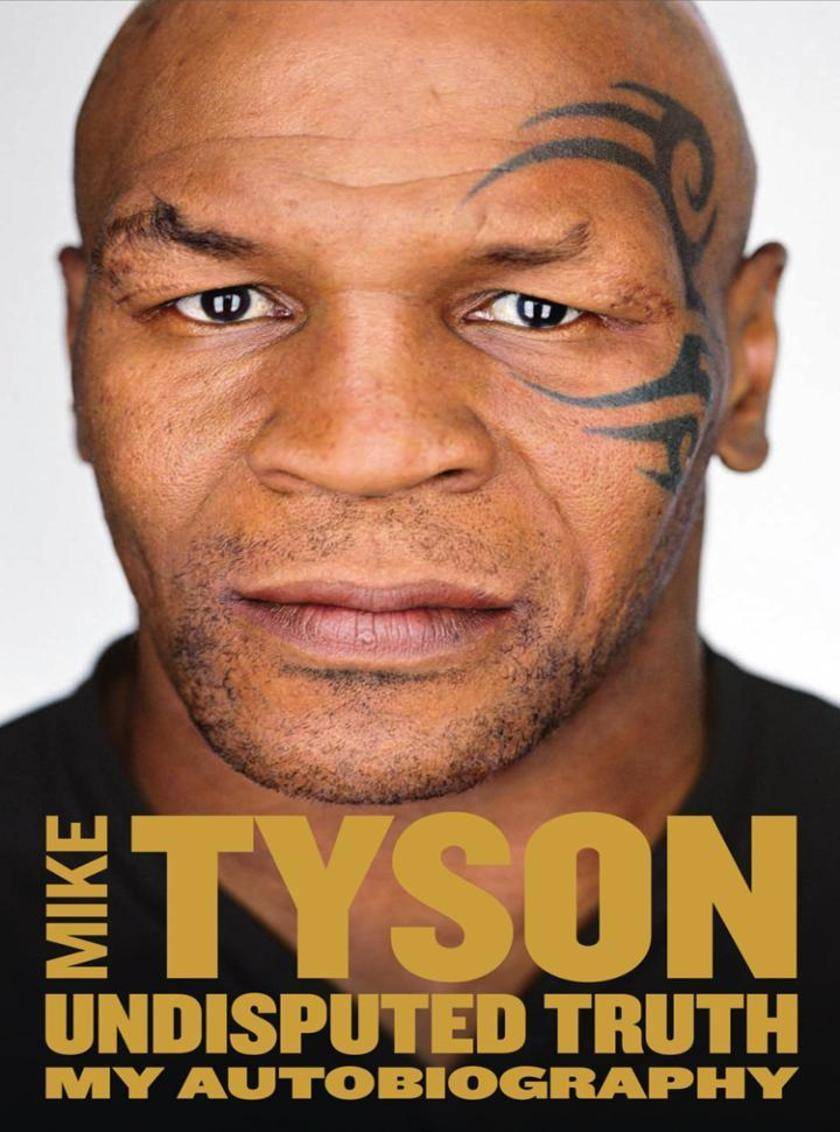
Undisputed Truth: My Autobiography
¥80.25
One of the most talked-about and bestselling books of last year, this is the no-holds-barred autobiography of a sporting legend driven to the brink of self-destruction. The bestseller that has everyone talking. In this, his first, autobiography, ‘Iron’ Mike Tyson pulls no punches and lays bare the story of his remarkable life and career. Co-written with Larry Sloman, author of Antony Keidis’s best-selling memoir ‘Scar Tissue’, this is a visceral, and unputdown-able story of a man born and raised to brutality, who reached the heights of stardom before falling to crime, substance abuse and infamy. Full of all the controversy and complexity that you would expect from a man who delighted as much as he shocked, this is a book that will surprise and reveals a fascinating character beneath the exterior of violence. If you think you know all about Mike Tyson, read this book and think again.
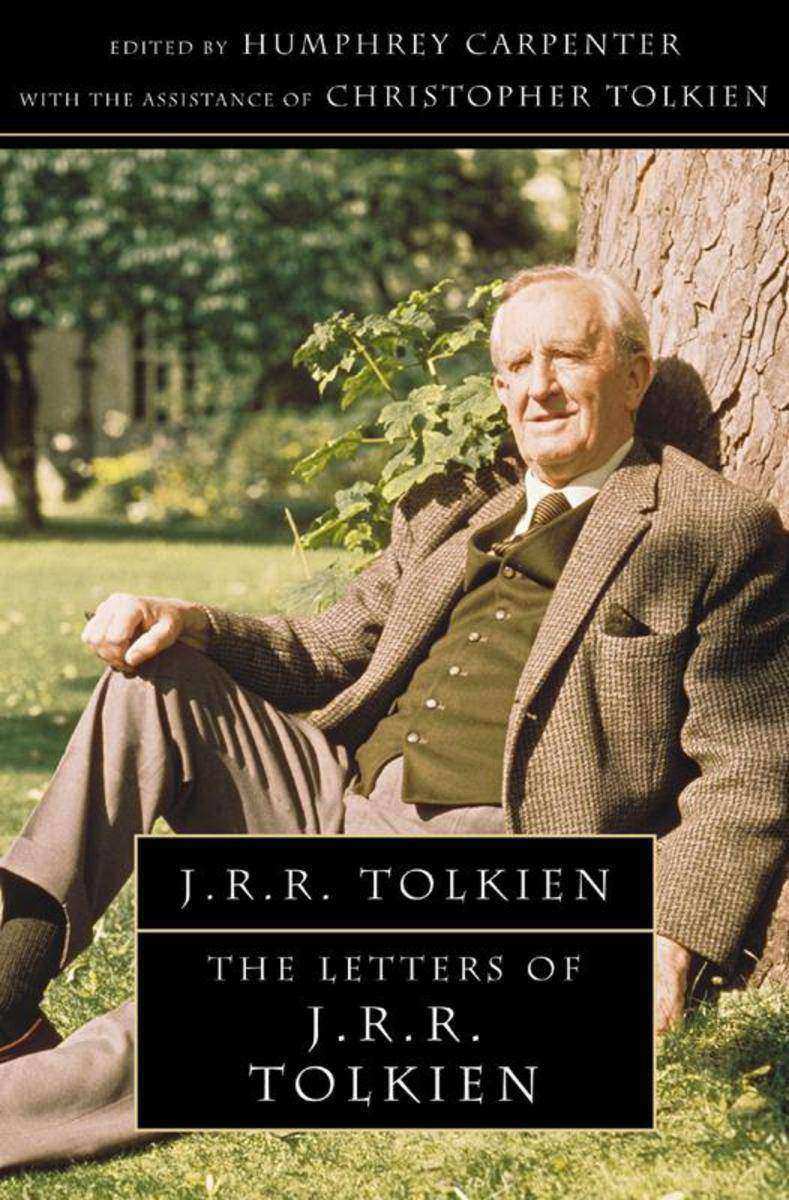
The Letters of J. R. R. Tolkien
¥58.47
‘It is not possible even at great length to "pot" The Lord of the Rings in a paragraph or two. It was begun in 1936, and every part has been written many times… the labour has been colossal; and it must stand or fall, practically as it is.’ J.R.R. Tolkien was one of the most prolific letter writers of this century. Over the years he wrote to his publishers, his family, to friends (including C.S. Lewis, W.H. Auden and Naomi Mitchison) and to fans of his books. The letters present a fascinating and highly detailed portrait of the man in many of his aspects: as storyteller, scholar, Catholic, parent and observer of the world around him. They also shed much light on his creative genius and grand design for the creation of a whole new world – Middle-earth. This collection will appeal not only to the legions of Tolkien fans, but will entertain anyone who appreciates the art of letter-writing, of which Tolkien was a master. ‘I am nearly always written to as Tolkein (not by you): I do not know why, since it is pronounced by me always -keen.’

A Life Discarded: 148 Diaries Found in a Skip
¥66.22
Unique, transgressive and as funny as its subject, A Life Discarded has all the suspense of a murder mystery. Written with his characteristic warmth, respect and humour, Masters asks you to join him in celebrating an unknown and important life left on the scrap heap. A Life Discarded is a biographical detective story. In 2001, 148 tattered and mould-covered notebooks were discovered lying among broken bricks in a skip on a building site in Cambridge. Tens of thousands of pages were filled to the edges with urgent handwriting. They were a small part of an intimate, anonymous diary, starting in 1952 and ending half a century later, a few weeks before the books were thrown out. Over five years, the award-winning biographer Alexander Masters uncovers the identity and real history of their author, with an astounding final revelation. A Life Discarded is a true, shocking, poignant, often hilarious story of an ordinary life. The author of the diaries, known only as ‘I’, is the tragicomic patron saint of everyone who feels their life should have been more successful. Part thrilling detective story, part love story, part social history, A Life Discarded is also an account of two writers’ obsessions: of ‘I’s need to record every second of life and of Masters’ pursuit of this mysterious yet universal diarist.

Can I Let You Go?: A heartbreaking true story of love, loss and moving on
¥61.51
Can I Let You Go is the true story of Faye, a wonderful young woman who may never be able to parent her unborn child. Faye is 24, pregnant, and has learning difficulties as a result of her mother’s alcoholism. Faye is gentle, childlike and vulnerable, and normally lives with her grandparents, both of whom have mobility problems. Cathy and her children welcome Faye into their home and hearts. The care plan is for Faye to stay with Cathy until after the birth when she will return home and the baby will go for adoption. Given that Faye never goes out alone it is something of a mystery how she ever became pregnant and Faye says it’s a secret. To begin with Faye won’t acknowledge she is pregnant or talk about the changes in her body as she worries it will upset her grandparents, but after her social worker assures her she can talk to Cathy she opens up. However, this leads to Faye realizing just how much she will lose and she changes her mind and says she wants to keep her baby. Is it possible Faye could learn enough to parent her child Cathy believes it is, and Faye’s social worker is obliged to give Faye the chance.

Journey to Yuwmah: Ancient Wisdom for a Brighter World
¥43.51
Follow one man’s search for happiness and find a better way for the human family to live together in peace and harmony This introductory volume of the Yuwmahn Compendium?challenges every aspect of the world we've created into the twenty-first century, proposing bold solutions for a better way… – Ancient wisdom to solve the problems of our modern civilisation – Sacred teachings for the rejuvenation of body, mind and spirit – Self help to create an improved you – Timeless secrets to a better life for all When journalist John Saomes explores the wilderness of South America he meets Mahonri, a learned sage from the ancient civilisation of Yuwmah. Through the course of his inspiratonal journey, Saomes discovers a different perspective for understanding of the ways of the world, the beauty and simplicity of the path to enlightenment, and the profound power of the Five Pillars of Universal Wisdom. Elements of this book remind us of Paul Coelho’s The Alchemist and Don Miguel Ruiz’s The Four Agreements, but the world envisioned is more far-reaching. To those who want to change the world and themselves for the better and find a profound sense of purpose and belonging – this book is for you.

Faerie Fruit
¥8.63
When the centuries-barren orchards of Berrie-on-the-Wyn suddenly bear fruit, it is clear that something strange is afoot — and something fey, for this is no ordinary harvest. To partake of the fruits of Faerie is to be changed for good, but not necessarily for the better. From whence come the golden apples, the moonlit silver pears? Who is the motley piper who walks the streets of Berrie, drawing forth magic and mayhem with his music? And how can half of the town vanish into thin air? There may be chaos aplenty in Berrie, but all that's needed to set things straight is a touch of the right light — and maybe just the right pair of Boots...
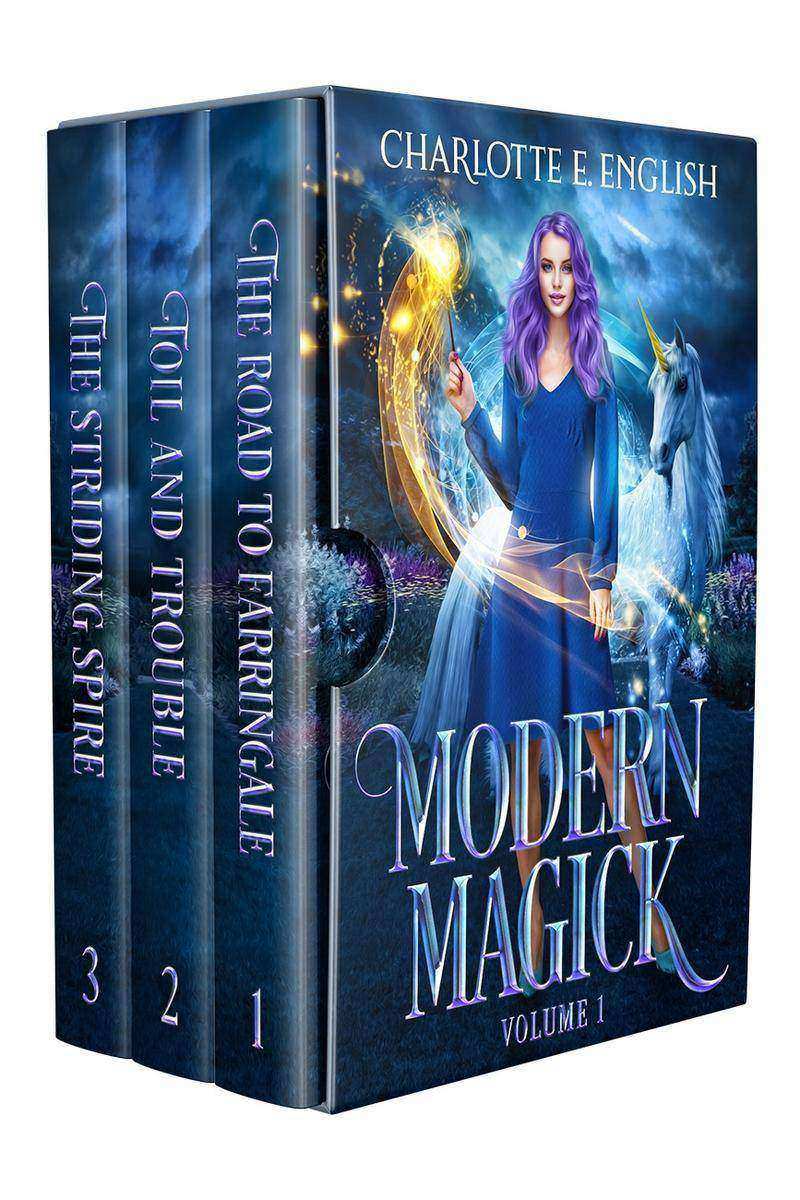
Modern Magick, Volume 1: Books 1-3
¥43.51
Can British magick survive? As the pace of modern life accelerates, the old ways wither and die. But to the Society for Magickal Heritage, that just isn’t good enough. The Witch: Friend to the unicorns, lover of pancakes, and wielder of potent artefacts, star agent Cordelia “Ves” Vesper will stop at nothing — okay, very little — to drag ancient magicks back out of the grave. The Waymaster: New recruit Jay Patel has some rare and powerful arts at his disposal. With a penchant for old books and motorbikes in near equal measure, he’s a force to be reckoned with. The Necromancer: Prankster Zareen Dalir may be high-spirited but she’s got a darker side. A much, much darker side. Head of the Toil and Trouble division, Zar’s the best kind of bad news. The Baron: Is Baron Alban the handsomest troll alive or... forget it, yes. Yes, he is. But he’s not just a pretty face. With the powerful Troll Court at his back and a smile to slay an army, Alban’s a staunch ally. Join these four champions, the enigmatic “Milady” of the Society, and the sentient house they call Home as they fight to keep magick alive! This compendium brings you the first three wild adventures all in one: The Road to Farringale, Toil and Trouble, and The Striding Spire.? Praise for the Modern Magick series: 'Charming, quirky, and funny.' 'Enjoyable and imaginative fantasy series with whimsical overtones... A fresh magical world.' 'This is an incredibly entertaining story... help, I'm running out of superlatives.' 'The writing is excellent and fun... a rousing, gripping adventure. ' '...delightfully fun, whimsical and engaging, with great characters and settings.' 'If you like Jodi Taylor's St Mary's books, this is for you.' '...quirky and fun and I couldn't ask for more... Her usual unique charm.' ''...characters that are easy to love, an invisible boss and a house that seems to have a mind of it's own. I devoured the book in one sitting.' 'Written with charm and intelligence, this series is a delight to read!' '...the pages just seem to fly by! Can't wait to read the next one.' '...the entire quirky cast is fun and endearing... our heroine is a delightful companion for adventure.'

The Woman on the Train
¥54.76
Someone saves your life. Now you wish they hadn't. World War Two, summer, 1942, Nazi-occupied France. A nervous young resistance fighter sits on a train. The Gestapo demand his papers. An older woman, sitting opposite, intervenes.Paris, 1968. The young man is now the most successful music conductor in France. Yet, 26 years on, he still wonders why the woman on the train saved him that fateful day? He knows he owes her everything. Unexpectedly, he receives a letter from her, begging him to come to her aid. Honour-bound, he gladly offers to return the favour.? But the woman hides a dark and terrible secret, which, if exposed, threatens to destroy them both. Torn between those he loves and his sense of honour, his life rapidly spirals out of control.?Who exactly was The Woman on the Train?Historical fiction with heart and drama.Part of?The Love and War Series, novels set during the 20th century's darkest years.Also included,?The Last Act of War, a heart-rending short story.?

Rare Birds: Stories
¥34.79
The eight short stories in this collection look at the ties that bind and the transformations they provoke. Whether bound by love, blood, or violent circumstance, the characters in these tales are fundamentally altered by those closest to them … and not always for the better. ? Two mothers become entwined in revenge against a violent man, with unexpected consequences. A roving gang of sirens finds themselves challenged from without and within. In a last, desperate act of love, a young surgeon goes under the knife. And in a distant territory, a mother and daughter struggle to survive—but the aid they summon is far more dangerous. ? At turns brutal and tender, subtle and shocking, these stories blend realism, fantasy, and horror to create an unsettling—and unforgettable—experience.

Code Red: The President Will Die
¥26.07
Political Thriller about the people of Syria and their fight against their government and ISIS, and how one man went to extreme measures to get America’s help to give the power back to the people of Syria.

Fantastic Women: A Dark Fantasy Novella Trio
¥43.51
Meet Beth Azen, Elenda Murphy, and Mary Robbins. Three women not that different from any other. From mountains to city, single to widowed. Struggling with ghosts and family heritage. Facing hopes and fears of the future. Ordinary lives. Ordinary problems.? What happens when ordinary gets more than a little strange? Includes the novellas Songs in the Mountain, Legacy of the Land, and In the Pines.

The Dream Thief
¥43.51
In the glittering, steam-driven high society of Waldron’s Gate, no one needs to dream. Karl Gilmore spends his days caring for people with broken?minds. The Dream Thief fulfills twisted fantasies. The seductive lure of irresistible power threatens to destroy all they both?hold dear. A wildly imaginative tale of the seedy underbelly of the perfect Engine World city and beyond. An epic adventure of airships and monsters, love and heartbreak. An Engine World novel.

The McCabe Brothers: The Complete Collection
¥52.23
Now a USA Today bestseller Join the five McCabe siblings on their journeys to the dark and dangerous side of love! An intense, exhilarating collection of romantic thrillers you won’t want to miss. This collection includes all the books in this new spinoff series. Don't Stop Me, Don't Catch Me, Don't Run From Me, Don't Hide From Me, and the newest addition Claudia's story in Don't Leave Me




 购物车
购物车 个人中心
个人中心



